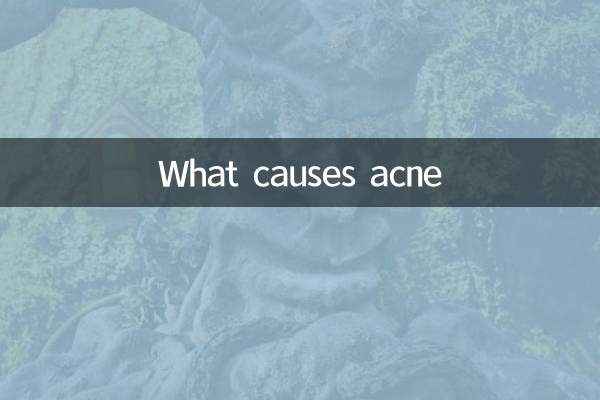What is the best medicine for ichthyosis?
Ichthyosis is a common hereditary skin keratosis disorder, which mainly manifests as dry and flaky skin. In severe cases, fish-like skin lesions may appear. In recent years, with the development of medical technology, the treatment methods of ichthyosis have been constantly updated. This article will combine the hot topics and hot content on the Internet in the past 10 days to introduce you to the drug treatment plan for ichthyosis in detail and provide structured data for reference.
1. Common drug classifications for ichthyosis

The treatment drugs for ichthyosis mainly include topical drugs and oral drugs. The following is the classification of drugs for the treatment of ichthyosis that have been hotly discussed on the Internet in the past 10 days:
| drug type | Representative medicine | Main function |
|---|---|---|
| Topical moisturizer | Urea ointment, Vaseline | Relieve dry skin and reduce flaking |
| Topical keratolytic agent | Salicylic acid ointment, lactic acid | Soften cuticles and promote exfoliation |
| Topical retinoic acid drugs | Tazarotene, adapalene | Regulate keratin formation and improve skin lesions |
| Oral retinoids | Isotretinoin, Acitretin | Systemically regulates keratin metabolism |
| biologics | IL-17 inhibitor | For severe cases, regulate immunity |
2. The best drug treatment plan for ichthyosis
According to recent clinical studies and expert consensus, drug treatment for ichthyosis needs to be individualized based on the severity of the disease and the age of the patient. The following are the most discussed treatment options on the Internet:
| Degree of illness | Recommended medicine | Medication frequency | Course of treatment |
|---|---|---|---|
| Mild | 10% urea ointment + 5% lactic acid cream | 2 times a day | long term maintenance |
| Moderate | 0.05% Tazarotene Gel + Moisturizer | 1 time per night | 4-8 weeks |
| Severe | Oral isotretinoin 0.5mg/kg/d | 1 time a day | 12-16 weeks |
| Refractory | IL-17 inhibitors (such as secukinumab) | According to the instructions | long term maintenance |
3. Precautions for drug treatment of ichthyosis
1.Tips for using topical medications: Before applying topical medicine, you should soak the skin in warm water for 5-10 minutes, and then apply the medicine after the cuticles are softened for better results.
2.Side effects of retinoic acid drugs: Oral retinoic acid may cause dry skin, cheilitis, abnormal liver function, etc. Liver function and blood lipids need to be monitored regularly.
3.Biological agent selection: IL-17 inhibitors have significant effects on some patients with severe ichthyosis, but they are expensive and the pros and cons need to be weighed.
4.Peculiarities of medication for children: Pediatric patients give priority to topical treatment. Vitamin A acid drugs may affect bone development and should be used with caution.
4. New progress in drug treatment of ichthyosis
According to recent research results published in medical journals, there are the following new developments in the drug treatment of ichthyosis:
| New drug name | Mechanism of action | clinical trial stage | expected effect |
|---|---|---|---|
| Tazarotene foam agent | Topical retinoic acid receptor agonists | Phase III | Improve drug penetration |
| Nemolizumab | IL-31 receptor antagonist | Phase II | Improve itching symptoms |
| gene therapy | Repair genetic defects | preclinical | radical treatment |
5. Daily care suggestions for patients with ichthyosis
1.Moisturizing is key: Even during medication, use a moisturizer daily, especially immediately after bathing.
2.Avoid irritating factors: Reduce the use of alkaline soap, avoid hot water scalding, and pay attention to indoor humidification in winter.
3.diet conditioning: Appropriate supplement of vitamins A, E and essential fatty acids may help improve skin condition.
4.psychological support: Ichthyosis is a chronic disease. Patients should maintain a good attitude and seek psychological support when necessary.
To sum up, the drug treatment for ichthyosis needs to be selected according to individual conditions. Mild patients should mainly use moisturizing, while moderate and severe cases may require retinoic acid drugs or biological agents. As medicine develops, more innovative treatments may become available in the future. It is recommended that patients develop a personalized treatment plan under the guidance of a professional dermatologist and adhere to long-term management and regular follow-up.

check the details

check the details